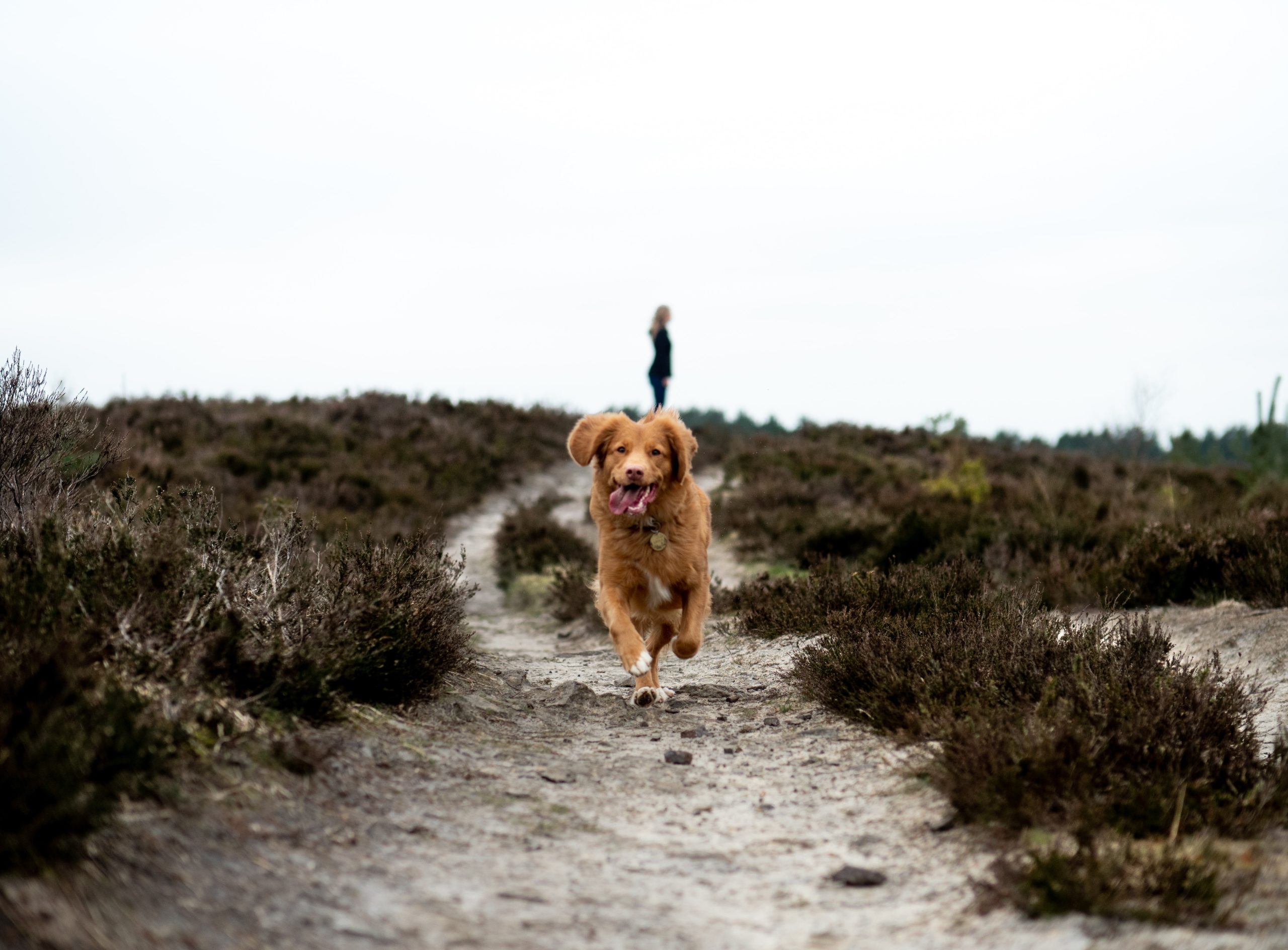
22 Sep Keeping Your Pets at a Healthy Weight
With the increased time indoors, many of us are looking a little chubbier these days – and the same could be said for our pets. It’s not uncommon for Australian pets to be overweight, but left unchecked, it can have a massive impact on their quality of life. Excess weight can make your four-legged friend less active, more prone to health issues, and even shorten their lifespan.
Our pets depend on us for their meals, snacks, and treats – so it’s up to us to make sure they’re getting the right food in the right amounts. If your dog or cat is severely overweight, you might need to get some expert advice. For pets who are looking a bit tubbier than usual, here are some tips that you can try to help your pet maintain a healthy weight.
Does it matter?
Surely when your pet puts on some pounds, there’s just more to love – right? In fact, obesity brings some unpleasant complications. Being above an ideal weight increases the stress on the heart, lungs, muscles, joints, tendons, and ligaments, making them work harder and more injury prone. In fact, excess weight can shorten your pet’s life by more than two years, according to the American Veterinary Medical Association.
While a chunky cat or a little round dog might look cute, the reality is that the impact on their health is much less appealing. Very often, obesity is due to an unbalanced diet, so your pets’ weight could indicate that they’re possibly not getting the right nutrition either. Pets rely on us for their food and treats, so it’s important to help your furry friend out and ensure what they eat is doing them good.
How to tell if your pet is overweight
The simplest way to track your pets’ weight is to get them on the scales. If they don’t fit or don’t want to co-operate, you could weigh yourself, weigh yourself safely holding your pet, and then subtract your weight to find your pet’s total. Otherwise, your vet will be able to help you weigh your animals, especially helpful for very large dogs.
As well as their weight, vets have a look at your animal’s general condition. The most telling markers are around their ribs and waist. At a healthy weight, you should be able to feel your furry friend’s ribs, but not see them. From above, there should be a narrowing of their body behind the ribs and in front of their legs to form a “waist”. From the side, your pet’s abdomen should be slightly tucked up behind their rib cage.
Your vet is your best asset for knowledge and help to assess your pet’s condition. They’ll be able to show you what to look for, and help you with a plan going forward to manage your pet’s weight if necessary.
How to help your pet reduce their weight
The basic formula for losing weight is simple – eat less, and move more. However, it’s often easier said than done.
Here are some tips to help you manage your pet’s weight.
- Stick to pet food. Pet food has been made to provide a balanced diet for your pet, and too much “people food” can throw that balance out. Stick to the right food for your pet – puppy food isn’t suitable for adult dogs, for example.
- Treat control. Treats can be high in calories, and with lots of family members wanting to reward your pet they could be getting too much. Stick to smaller, natural treats and consider putting the day’s treats in a special location – once it’s gone, your pet will have to wait for the next day.
- Stick to mealtimes. Limiting food to mealtimes helps you control portions. Your dog might turn full puppy-dog eyes on to get a bigger meal, but as long as the meal is vet-approved for your dog, they’re getting enough. Many animals will eat out of boredom, so constant access to food isn’t the best choice for good health.
- Keep them moving. The most enjoyable way to help manage your pet’s weight is to get out and get moving. Cats should have a range of toys to keep them active indoors, and you might consider getting puzzle feeders for your furry friends to keep mealtimes interesting. Increase activity gradually and keep it to small bursts.
- Get help from your vet. Get professional advice before you make any major changes so you know your pet is having all their nutritional needs met, before you start to limit their portions. The labels on commercial pet food might not be accurate for your animal.
Staying healthy and active
You love your pet, you want the best for them, and you enjoy giving them food they like. That’s a beautiful thing! It’s tough to make the hard decisions and limit a pets’ diet, but if you follow a vet-approved plan you’re doing the right thing to care for their well-being in the long term. Keeping your pet’s weight under control with good nutrition and exercise is the best way to ensure they’re still around and healthy for as long as possible.


No Comments